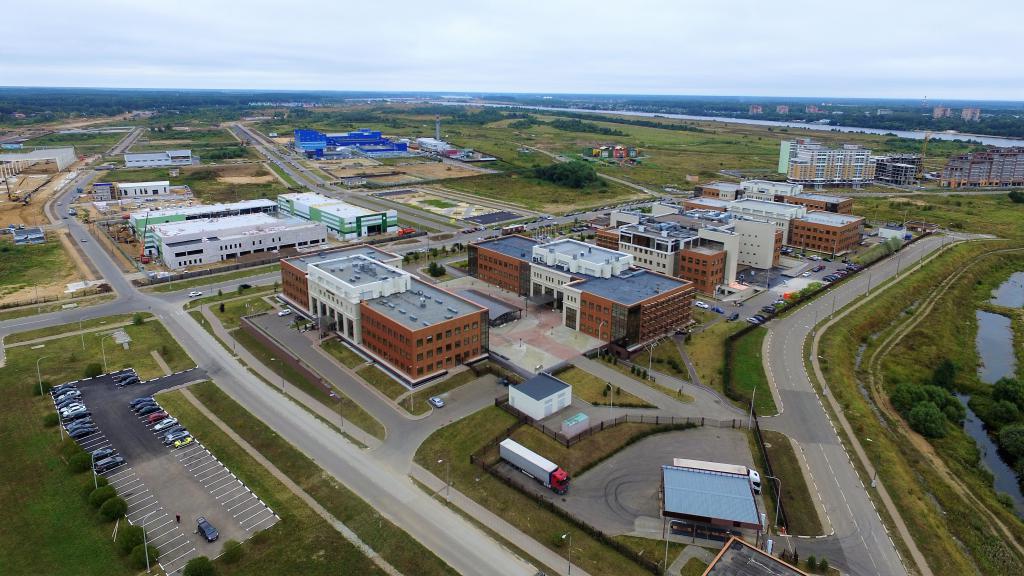Special economic zones of Russia are limited territories that are endowed with a special legal status in comparison with the rest of the state. As a rule, this special status allows you to set special taxation conditions for investors, attractive customs rules. All this applies not only to domestic, but also to foreign entrepreneurs. The key reason for the emergence of such zones is to help solve the problems of economic and social development of individual Russian regions, as well as areas of the country's economy as a whole. In Russia, such zones were systematically developed in 2005, after the adoption of the relevant federal law. Such a zone is created in Russia for 49 years without the right to extend the term.
What are they needed for?
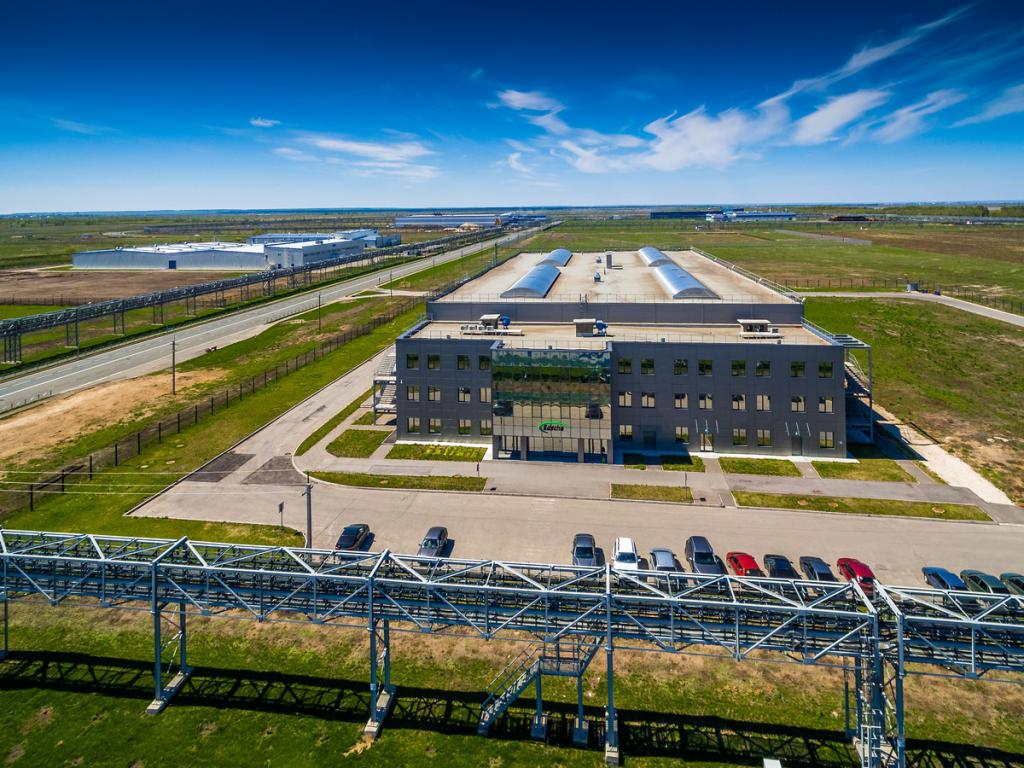
Special economic zones of Russia were created for well-defined purposes. Moreover, there is a benefit both from the state and from investors who are attracted to new territories.
The special economic zones of Russia help the state to directly attract foreign capital, to develop the production of goods and services using the most advanced technologies. Another important factor is the creation of new jobs for qualified specialists, the promotion of exports in the country, the use of new modern methods in the organization of labor and management, and finally, import substitution.
For entrepreneurs, the special economic zones of Russia are attractive in that they have the opportunity to bring their products as close to the consumer as possible, reducing transportation and logistics costs; It is possible to minimize the costs associated with the absence of import and export duties at customs. New enterprises immediately gain full access to infrastructure, can use cheaper labor in production, develop territories that have not been developed by anyone, and easily overcome bureaucratic and administrative barriers through facilitated workflows.
Classification
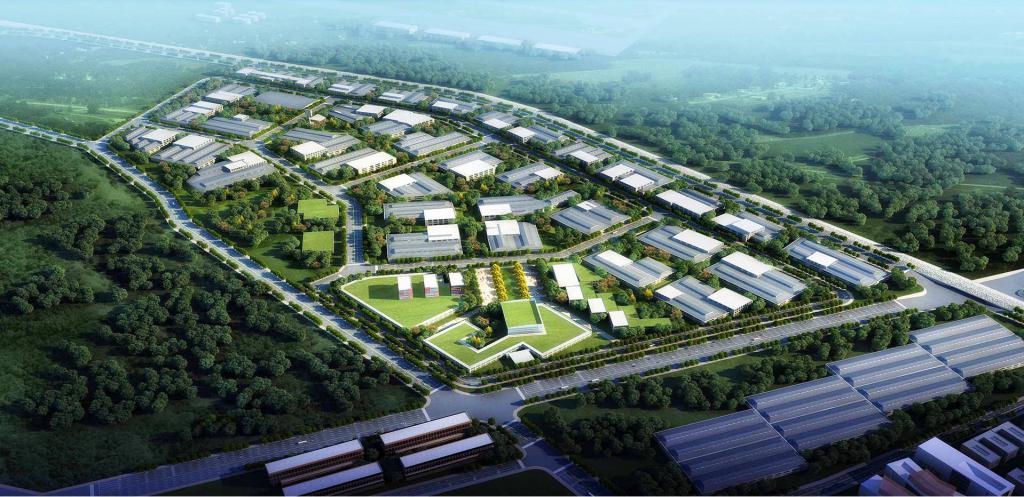
Special economic zones in our country can be classified according to several criteria - by the degree of organization, type of activity, degree of involvement in the economy of the country in whose territory they are located, and the system of preferences provided.
By type of activity, these special economic zones are distinguished:
- Shopping areas. These are zones that are actually outside the customs territory of this state. At the same time, all kinds of actions are taken inside to complete the products produced, their direct preparation for subsequent sale. For example, it can be marking, packaging, quality control. Such zones differ from others in a rather quick payback period; therefore, they are very popular among investors. Such zones include: port special economic zones in Russia, free cities, free trade zones, also free customs zones and, finally, Duty Free stores.
- Industrial production zones. In such zones, the production of a certain type of product is being established, and privileges are provided to investors only partially. Usually they serve for import substitution or export orientation. These include zones that are influenced by one company or industry, industrial parks and production and export zones.
- Technology-innovative special economic zones in Russia are officially withdrawn from the customs territories. At the same time, design, research and development bureaus are placed on them. They are directly aimed at obtaining new developments and their commercialization. These include technopolises and technology parks. There are also service zones in which special preferential regimes apply to individual firms that are involved in the provision of both financial and non-financial services. In this case, there are areas of free financial, banking, insurance and tourist and recreational services. Separate offshore zones. Also in this type of special economic zones in Russia are complex zones in which the preferential treatment applies to certain administrative regions. For example, free economic zones, as well as special economic zones.
Organization Classification
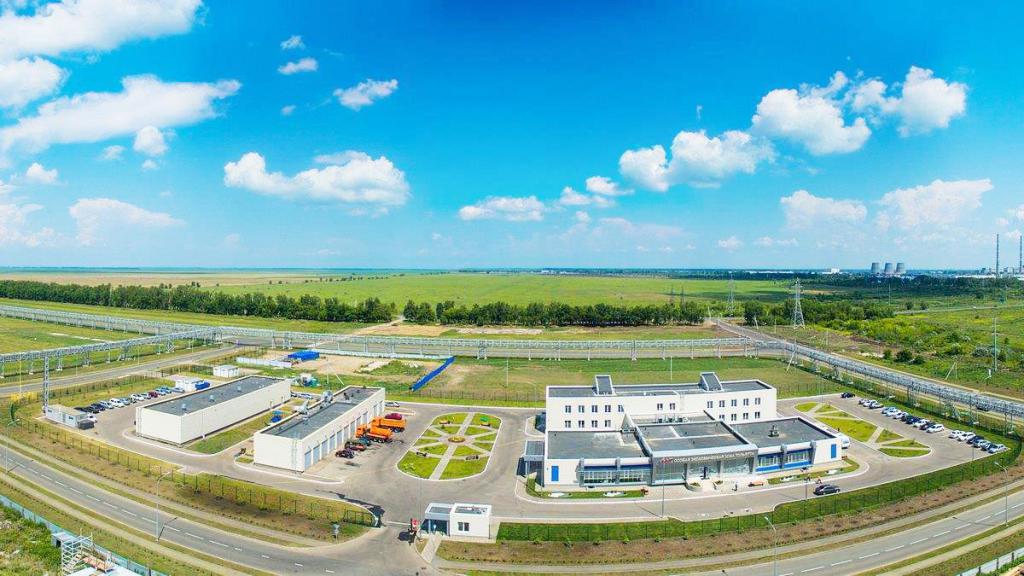
On this basis, three types of special economic zones are distinguished.
- Territorial. On them, privileges are granted to certain territories in which, as a rule, a developed and ready infrastructure is already prepared. These may be enclave zones with a liberal policy, but limited to only one region, which prevents them from establishing contacts with other states, as well as open zones in which the customs control policy is used, but there are no significant restrictions.
- In functional areas, benefits are provided to investors engaged in certain activities. Moreover, the enterprise itself can physically locate anywhere in the country. Such companies get the opportunity to use free economic regimes, depending on which areas of government they plan to attract new investors. As a rule, one should speak of export-oriented enterprises.
- In territorial-functional zones both advantages are used.
By the degree of integration into the Russian economy, zones are distinguished that are integrated into it or enclaves.
In the first case, relations are established with the main sectors of the domestic economy, assistance is provided in solving problems with export production. Usually they are technical-innovative and complex.
In enclave zones, production is geared towards exporting and receiving revenue in the form of currency. At the same time, communication with the domestic economy is minimized. All work is aimed at the foreign market.
Two types of special economic zones are distinguished on the basis of nationality. These are national, which operate within the framework of only one country, and cross-border, when they affect the territories of several countries at once.
System of benefits

Special economic zones may also be different according to the system of benefits. They are:
- tax - investors receive an absolute or partial tax exemption (also called tax holidays) on property and property, VAT and others;
- trade - enterprises are fully or partially exempted from import duties on raw materials and semi-finished products that are imported into the territory of the state for the purpose of use exclusively within the zone;
- customs - investors are fully or partially exempted from export duties that apply to products manufactured in the zone;
- financial - companies can receive loans from the state at a preferential interest rate, subsidies to attract investment, significantly reduced rates for utility bills and rental space for the organization of production;
- administrative - in this case, the most simplified procedure for registering an enterprise is introduced, document management and official obstacles are minimized, the procedure for the departure and entry of foreign citizens, for example, skilled workers, is simplified, and foreign investors can easily obtain permission to make a profit.
Here are the main types of special economic zones in Russia.
The most popular SEZs in Russia
On the territory of Russia, the zones of 4 types are considered the most widespread - industrial, production, port, technology-innovative and tourist-recreational.
There are also several more separate SEZs. For example, the creation of a special economic zone in Russia in the Kaliningrad region was established in 1991 by a special federal law.
The SEZ in the territory of the Magadan Region functions in the same way on the basis of the federal law of 1999. The creation of a special economic zone in Russia on the territory of the Republic of Crimea and Sevastopol provides for preferential tax systems, state control over the entry and functioning of the free economic zone.
Industrial areas
Many see the prospects for the development of special economic zones in Russia precisely due to the vast territories that are located in large industrial regions. These are the features of industrial SEZs.
Investors are captivated by the maximum proximity to the resources necessary for production, the finished infrastructure, and developed transport arteries. All these are clear advantages of industrial special economic zones. Manufactures that are located on their territory can significantly increase competitiveness in the domestic market, since most of the costs are avoided.
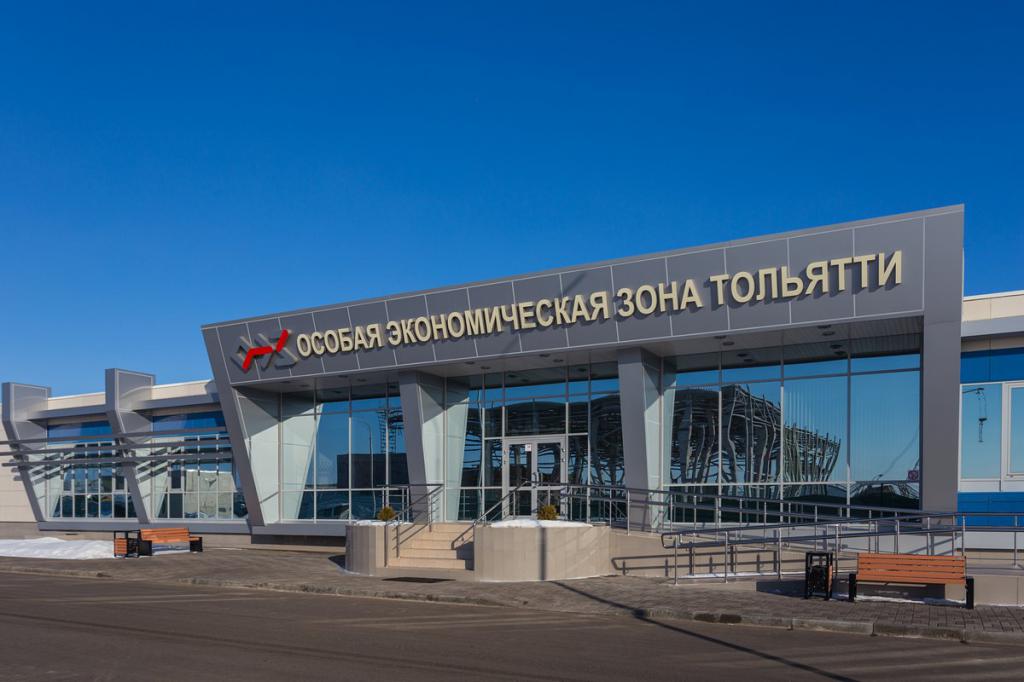
If you are asked: “What are the special economic zones of Russia!”, Then you can recall the industrial SEZs in Tatarstan and the Lipetsk region that appeared in 2005. In 2010, a similar zone began to operate in the Samara region, in an area that directly borders the city of Togliatti. In the Sverdlovsk region, a zone of this type was called the Titanium Valley, it operates in Verkhnyaya Salda. Since 2015, the industrial SEZ was launched in the Stupinsky municipal district in the suburbs.
Among the priority areas of work for zones of this type, experts call the production of building materials, automobiles and automotive components, commercial equipment and household appliances, chemical and petrochemical products.
Innovative SEZ
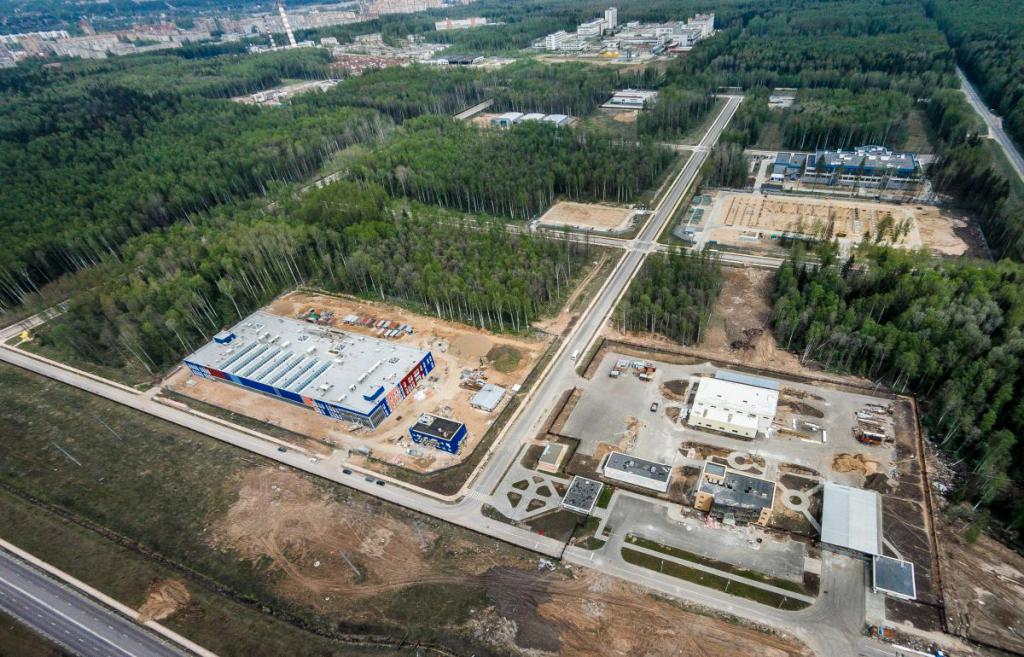
Recently, increased attention has been paid to innovative special economic zones. They open in the largest scientific and educational centers of the country with rich traditions. This includes reputable research schools with great opportunities for the development of innovative business, capable of producing unique high-tech products and selling them not only on the Russian, but also on the international market.
In such zones, a whole package of tax preferences and customs privileges is traditionally operating. Particularly attractive for investors is their direct access to highly qualified personnel, which is extremely important when there is a growing demand for new technologies in the context of constant modernization of the advanced sectors of the domestic economy. First of all, it attracts venture funds, manufacturers and direct developers of high-tech products.
As examples of special economic zones in Russia, zones of this type can be cited as SEZs, which are located in Tomsk, Moscow Region (Dubna, Zelenograd, Fryazino), Tatarstan, and St. Petersburg.
The priority areas that are developing in innovative special economic zones are medical, nano- and biotechnologies, communications and the latest electronics, analytical and precision instrumentation, information and microwave technologies.
Tourist areas

The list of special economic zones of Russia is especially wide, which can be attributed to tourist and recreational ones. Only seven such zones are located on the territory of one Irkutsk region, and they are also in the Kaliningrad region, Altai, Primorsky and Stavropol Territories, the Republic of Buryatia and Altai. Six tourist and recreational special economic zones in Russia are developing in the North Caucasus.
They are traditionally located in the most popular among tourists and picturesque regions of Russia. With the help of tax benefits and preferences, they create the most favorable conditions for the development of sports, tourism, recreational and other related types of business.
Port SEZ
Particularly intensive development of special economic zones of Russia is observed in port SEZs. They are located in the closest proximity to the largest transit transport corridors, and their location helps investors gain quick access to the rapidly growing market of port and logistics services that are in demand by investors and new entrepreneurs. Usually they appear in Central Russia and the Far East.
A vivid example is the economic zone operating on the basis of the large cargo airport Ulyanovsk-Vostochny. Its advantage is its direct proximity to the largest enterprises of the aviation cluster located in the Ulyanovsk region. This creates real prerequisites for the development of projects focused on the re-equipment and maintenance of a full cycle of aircraft.
In the Khabarovsk Territory, the main direction of the development of the port and logistics special economic zone can be attributed to the fact that it manages to form a modern diversified ship repair and port center that can rely directly on a convenient and advantageous geographical location, as well as an existing and working infrastructure base.
In 2010, President Vladimir Putin approved a federal government decree establishing a port special economic zone in the city of Murmansk. They are organizing a large-scale container terminal, as well as re-equipping existing and installing new capacities in the port, designed for transshipment, reception and loading of bulk and bulk cargo of any volume.
In addition, the assembly of drilling rigs will now be developed in Murmansk, and this is extremely important for the successful development of gas and oil field shelves. Investors who enter this port special economic zone in Murmansk have the opportunity to receive customs and tax benefits, and connect to infrastructure facilities that are already ready and put into operation. At the same time, they are fully guaranteed that tax benefits will not be changed and reviewed throughout the entire life of the zone.
Existing SEZ problems in Russia
Currently, the list of special economic zones of Russia is 26 regions. Several dozens of zones of various types operate on their territory.
At the same time, authoritative experts have repeatedly noted that they have not begun to play a significant role in ensuring employment for all these years. So, over the entire existence of special economic zones, a little more than 21 thousand jobs have been created, which is negligible throughout the country, especially when compared with the volumes of financial injections that were made in the SEZ. Low efficiency is one of the main problems of special economic zones in Russia. At best, they benefit individual companies, enterprises, or regions, but this has little effect on the national economy.
According to last year, the Federal Audit Office officially recognized the work of only a few SEZs as relatively efficient. They are located in the Samara and Lipetsk regions, Tatarstan and St. Petersburg. The Accounting Chamber recognized the work of the remaining SEZs as ineffective. In some cases, it turned out that no activity was conducted at all.
There is also the problem of attracting investors to these areas. Despite tax holidays and customs privileges, not all zones are actively visited by entrepreneurs. There is a problem related to the lack of qualified personnel for the development and functioning of high-tech industries.
